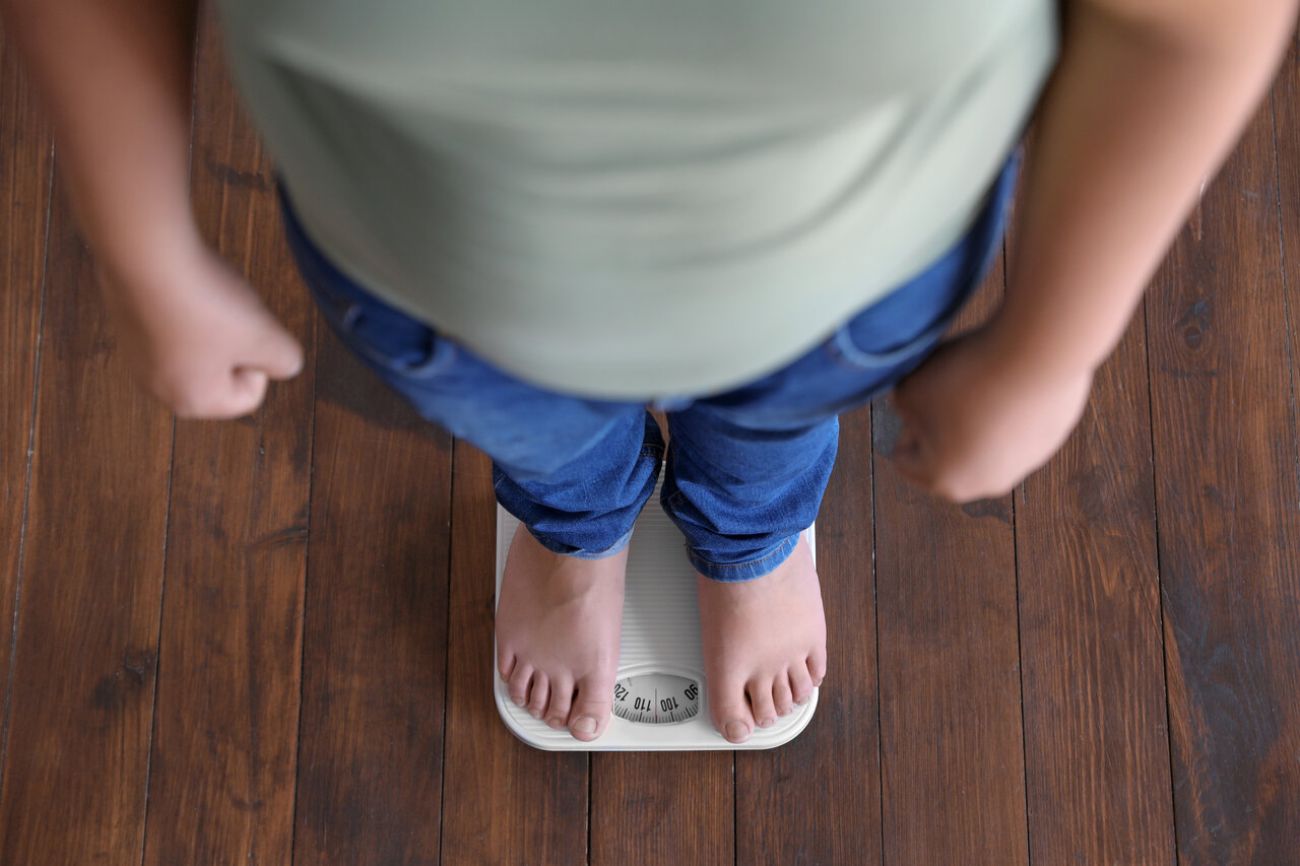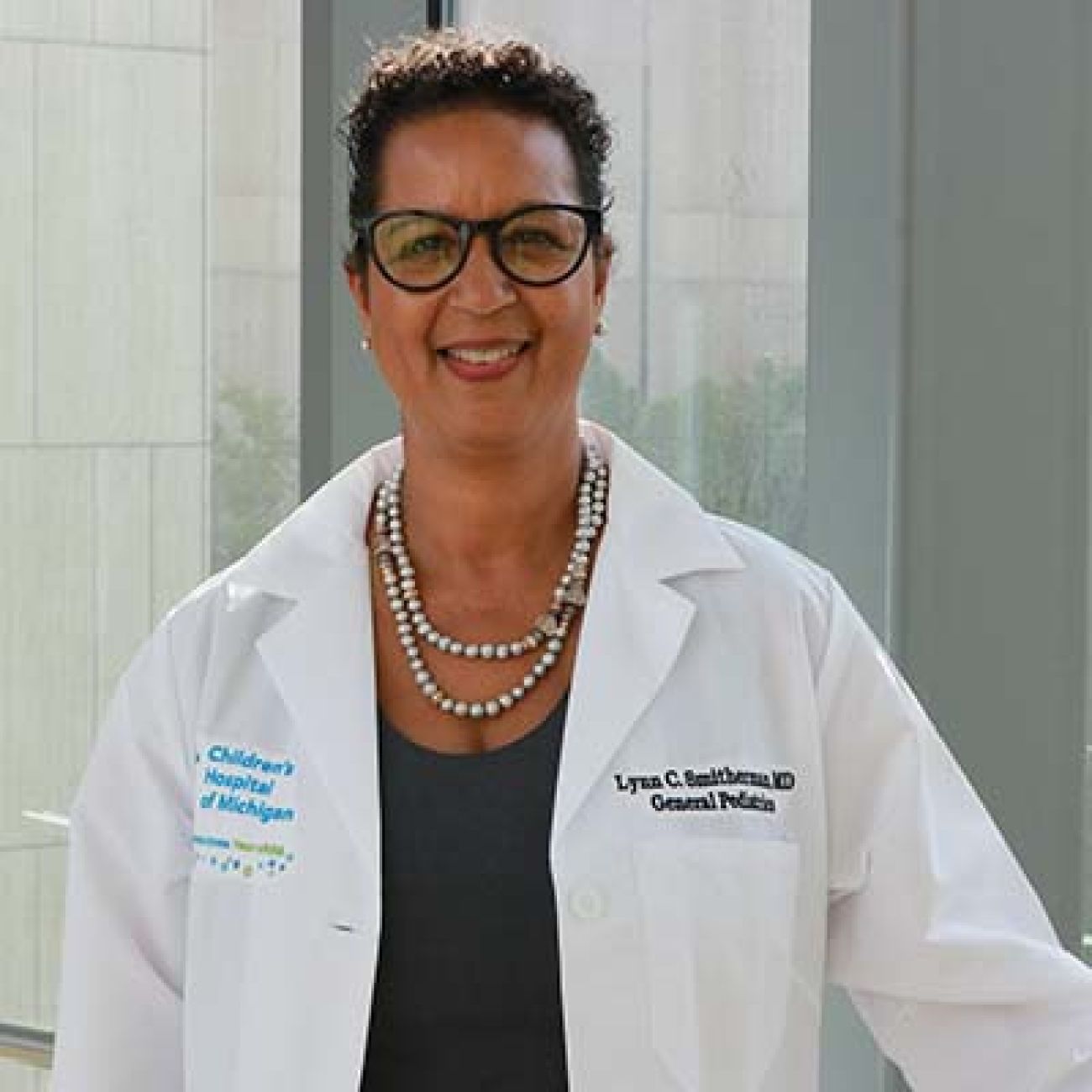1 in 5 Michigan kids are obese. Doctors are turning to weight loss drugs

- As childhood obesity rates climb, so has the rate of prescribing weight loss drugs to kids
- Two leading advisory groups disagree on the appropriate role of weight loss drugs for young people
- Two Michigan pediatricians say extreme obesity cases are becoming more common
In the fight against rising childhood obesity rates, some Michigan doctors are turning to weight loss drugs for their young patients.
As an increasing number of children carry extra pounds on their growing frames, “I'm seeing more children now — maybe 12 and up — with hypertension, with prediabetes or even with full-blown diabetes and requiring surgery to fix knees and hips,” said Dr. Lynn Smitherman, a long-time pediatrician at Detroit-based Wayne Pediatrics.
About half of her patients are overweight. Of every 100 of those patients she sees, two to three are candidates for weight loss drugs, she said. Smitherman doesn't prescribe the drugs herself, rather she refers those patients to an endocrinologist or another specialist for follow-up testing.

Some doctors who have long been horrified at the steady increase of childhood obesity rates now are turning to injectable GLP-1 agonist drugs such as Wegovy — which mimic the effects of a hormone called glucagon-like peptide 1 — and other weight loss drugs approved for pediatric patients. Most suppress appetite and help people feel full.
Related:
- Blue Cross Blue Shield of Michigan won’t cover popular weight-loss drugs
- Ozempic and other diet drugs are bigger than ever, and in Michigan, Medicaid picks up the tab
- Wake up call: Pediatric group issues guidance against childhood obesity
Among adult patients, costs of the drugs and limited supplies continue to dominate the conversation but their role is more controversial and nuanced among teens and adolescents.
Even two massively influential groups — the American Academy of Pediatrics and the U.S. Preventive Services Task Force — disagree on their use for young patients. The pediatricians’ academy last year suggested drugs may play a role in weight loss for children as young as 12; the task force — in its recommendations tackling childhood obesity last month — notably left off that option.
Smitherman, for her part, is following recommendations released last year by the American Academy of Pediatrics. The academy urged clinicians to see childhood obesity as a chronic disease and acknowledge its “biologic, social, and structural drivers.”
The guidance called for at least 26 hours of “intensive” behavior and lifestyle treatment by health professionals: supervised physical activity, meetings with dieticians, and mental health counseling, for example.
But it also recommended weight loss drugs and bariatric surgery in extreme cases among children 12 and older.
Drugs enable a doctor and young patients to get ahead of the problem before it entrenches into lifelong chronic disease, said Dr. Justine Bunka, a pediatrician specializing in childhood obesity at Bronson Rambling Road Pediatrics in Kalamazoo.

“Having a 12-year-old who's obese and not being able to get any weight loss medication until they're 18 is just really six years of letting them get in their way and accumulate more health problems,” she said.
Bunka said she prescribes weight loss drugs about twice a week to pediatric patients.
And the downside? Still unclear
Nearly 1 in 5 Michigan youth 10 to 17 years old are considered obese, according to a report compiled by the Robert Wood Johnson Foundation, a health-focused research and philanthropy nonprofit. As many as 1 in 3 are considered overweight, according to the United Health Foundation, a national research nonprofit.
That extra weight predisposes those children to a lifetime of chronic health conditions: cardiovascular disease, diabetes, high-blood pressure, liver disease, as well as “poor psychological and emotional health and increased stress, depressive symptoms, and low self-esteem,” according to the American Academy of Pediatrics’ 2023 guidelines.
Among the drugs the U.S. Food and Drug Administration has approved in recent years for pediatric patients are Saxenda, Wegovy and Qsymia. Some doctors have prescribed other drugs, such as Ozempic, which is approved for adults with diabetes, “off-label” to help patients, including children, lose weight.
“It’s a major step because pediatricians now can, with confidence, prescribe (these medications) to their adolescent patients who struggle with their weight,” Dr. Aaron S. Kelly, co-director of the Center for Pediatric Obesity Medicine at the University of Minnesota, said in a video posted by the Obesity Action Coalition, a Florida-based, national advocacy nonprofit.
Still, some worry about the use of such drugs in growing bodies. Could the sudden decrease in calories disrupt healthy bone growth, for example?
A youth’s proclivity for taking risks at a time when self-esteem can be at its lowest, combined with the rapidly growing market of weight loss drugs “create a perfect storm for potential abuse,” wrote authors of an editorial published in August in the Journal of Clinical and Translational Science.
In June, the U.S. Preventive Services Task Force stressed behavioral interventions, including — as the American Academy of Pediatricians suggested — the 26 hours minimum of intensive behavioral counseling and other interventions. And it referred to existing community-based resources, the need for more physical activity and understanding of nutrition and resources for families and clinicians by the U.S. Centers for Disease Control and Prevention.
But the task force notably left out weight loss drugs and surgery for youth as options. The drugs are promising, but the “totality of the evidence was found to be inadequate” for pediatric patients, the task force wrote.
Yet as obesity rates continue to increase. So, too, has the understanding of the complex reasons behind it — diet, lack of physical activity, mental health, environmental factors). All this means a need for more options, some say. Certainly, the market has demanded them.
The need
In 2023, 30,947 adolescents between the ages of 12-17 nationwide were prescribed weight loss drugs, medication sometimes used to treat diabetes as well as obesity. This is a more than sixfold increase from 2020, according to a study from Michigan Medicine published in the Journal of the American Medical Association.
That increase in drugs, however, could be a savings in the long run.
Obesity is an expensive stress on the health care system, even for children.
Annual costs for a child with severe obesity is more than $300 higher a year than for a child with healthy weight, according to a 2021 analysis led by researchers at the Harvard T. H. Chan School of Public Health. Those costs add up quickly — to an estimated $1.3 billion in 2019, according to the researchers.
Lifelong costs of obesity and its impact on quality of life are staggering. Obesity has been linked to 236 health conditions from cardiovascular disease and Type 2 diabetes to certain cancers, arthritis, infertility and depression and anxiety.
The pressure
There are side effects of taking a GLP-1 drug, including gastrointestinal symptoms, like vomiting or nausea, according to Cleveland Clinic.
And some worry, too, about confusion created by the new drugs, especially among young people — generally inexperienced health care consumers — who now see what they think is a quick fix, Detroit’s Smitherman said.
Those young patients may not understand the importance of federal approval that is based on rigorous clinical trials to ensure effectiveness and safety, said Smitherman.
“These commercials on television are talking about pills or these injections that (promise) you lose weight so fast and keep it off,” Smitherman said. “Especially when you think about the adolescent mind, or in the late teens and early 20s, they're gonna look at (one of these products) and just jump on them and think it’s an easy fix.”
Cinching the gap
Like so many diseases and conditions, obesity disproportionately impacts communities of color. Obesity rates are highest among Hispanic children — 26% and Black children — nearly 25%. In contrast, just under 17% of white children and 9% of Asian children are considered obese, according to the U.S. Centers for Disease Control and Prevention.
Poverty and stress also are risk factors, too. A parent struggling to provide housing may be unable to afford healthy groceries, whereas a wealthy family might be able to afford a nutritionist, Dr. Bunka noted.
So access to weight loss drugs is a source of health equity, too, Bunka said. Sometimes she must fight on behalf of her patients to convince insurance companies to cover the drugs, she said.
Dr. Bunka hopes more pediatricians over time “can become comfortable” with prescribing these weight loss drugs and insurers will more readily cover their costs.
“I think they can … change (kids’) outlook on their health long term, which would save a lot of money and health care later on in their lives and help them be more productive adults.”
Editor's note: This story has been updated to clarify that Dr. Lynn Smitherman refers pediatric patients seeking weight loss drugs to specialists.
See what new members are saying about why they donated to Bridge Michigan:
- “In order for this information to be accurate and unbiased it must be underwritten by its readers, not by special interests.” - Larry S.
- “Not many other media sources report on the topics Bridge does.” - Susan B.
- “Your journalism is outstanding and rare these days.” - Mark S.
If you want to ensure the future of nonpartisan, nonprofit Michigan journalism, please become a member today. You, too, will be asked why you donated and maybe we'll feature your quote next time!








